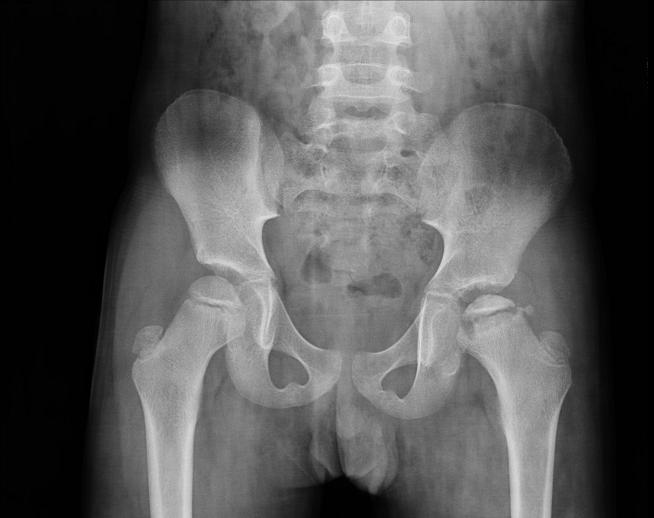Legg-Calve-Perthes Disease Symptoms, Causes, Diagnosis and Treatment

What Is Legg-Calve-Perthes Disease?
The thighbone, also known as femur, meets the pelvis in the hips. Femoral head is the ball of the thighbone. The femoral head needs constant blood to keep the femur healthy and function properly. In legg-calve-perthes disease, something causes an interruption in the blood supply due to which the bone dies and breaks more easily. In most cases, only one hip is affected but legg-calve-perthes disease in both hips can also occur. It usually shows up in children of ages from two years to 12 years. After a couple of months or more, the blood supply resumes and the new bone cells replace the old ones.
What Are The Symptoms Of Legg-Calve-Perthes Disease?
The following symptoms are likely to evolve in legg-calve-perthes disease:
- Painless limping. However, pain may come and go frequently.
- Knee pain.
- Pain and/or stiffness in thigh or groin.
- Below normal range of leg motion.
Medical attention is immediately required when the symptoms show up. Fever is another symptom likely to evolve.
What Causes Legg-Calve-Perthes Disease?
Legg-calve-perthes disease occurs when there is insufficient blood supply to the femoral head leading to the death of bone. What triggers this interruption in blood supply is yet unknown. Whatever the cause is, blood supply gets back to normal after some time.
What Are The Risk Factors Of Legg-Calve-Perthes Disease?
The following factors will increase the risk of legg-calve-perthes disease:
- Gender; boys are more likely to suffer from legg-calve-perthes disease.
- An age of between two years and 12 years.
- In some cases, family history is also a risk factor.
- Race; White children are more likely to suffer from legg-calve-perthes disease.
What Are The Complications Of Legg-Calve-Perthes Disease?
The only complication that may arise is hip arthritis. This is likely to occur if the hip joints fail to heal properly once blood supply becomes normal. If legg-calve-perthes disease occurs at an early age, the complication is unlikely to show up because hips get a longer time to get healed and fixed. However, an abnormal restructuring of hips can only be cured through a surgery.
How Is Legg-Calve-Perthes Disease Diagnosed?
The first step in diagnosing legg-calve-perthes disease is a physical exam in which doctors ask the victims to move legs for observation. Other imaging tests are then required to confirm the disease:
- Magnetic resonance imaging or MRI.
- Scanning bones.
- X-ray as soon as limping shows up.
One or more of these imaging tests combined with a physical observation is usually enough to diagnose legg-calve-perthes disease properly.
How Is Legg-Calve-Perthes Disease Treated?
The aim of treating legg-calve-perthes disease is to keep the femoral head round. The treatments may include:
- Physical therapy involving stretching exercises.
- Traction i.e. a steady pulling force on legs.
- Crutches.
- Leg cast.
Therapies are generally required for children of ages less than six years. This is because natural healing procedure is stronger in younger children. Therefore, surgeries are generally not required for younger children. Joint realignment, joint replacement, contracture release and removal of excess bones are some surgeries required if legg-calve-perthes disease occurs in children of ages of sic years or older. These children are likely to suffer from hip arthritis.
By : Natural Health News




